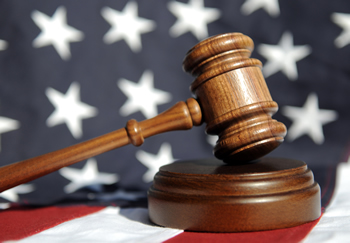
Digital Media: Fair Use
Section 107 of the Copyright Act states that “the fair use of a copyrighted work, including such use by reproduction in copies…, for purposes such as criticism, comment, news reporting, teaching …, scholarship, or research, is not an infringement of copyright.” If you wish to use copyrighted supplemental media (videos, images, handouts, etc.) under Fair Use in your course, you must request a waiver or permission. Please contact your Instructional Designer and your subject matter Administrator.
In determining whether or not you wish to use an object under Fair Use, please consider the following four factors:
- Purpose of use: Copying and using selected parts of copyrighted works for specific educational purposes qualifies as fair use, especially if the copies are made spontaneously, are used temporarily, and are not part of an anthology.
- Nature of the work: For copying paragraphs from a copyrighted source, fair use easily applies. For copying a chapter, fair use may be questionable.
- Proportion/extent of the material used: Duplicating excerpts that are short in relation to the entire copyrighted work or segments that do not reflect the "essence" of the work is usually considered fair use.
- The effect on marketability: If there will be no reduction in sales because of copying or distribution, the fair use exemption is likely to apply. This is the most important of the four factors for Fair Use (Princeton University).
LIMIT YOUR BORROWING:
- Quantitatively: Quote or closely paraphrase as little as possible to make your point: under 10% is best; above 20% is high risk (though a recent case allowed that, where mainly facts were copied).
- Qualitatively: Avoid using the “heart” of the original, what most people would buy the work to read.
Photo Attribution
Description: A gavel in the foreground and an American flag in the background
Source: ThinkStock.com
